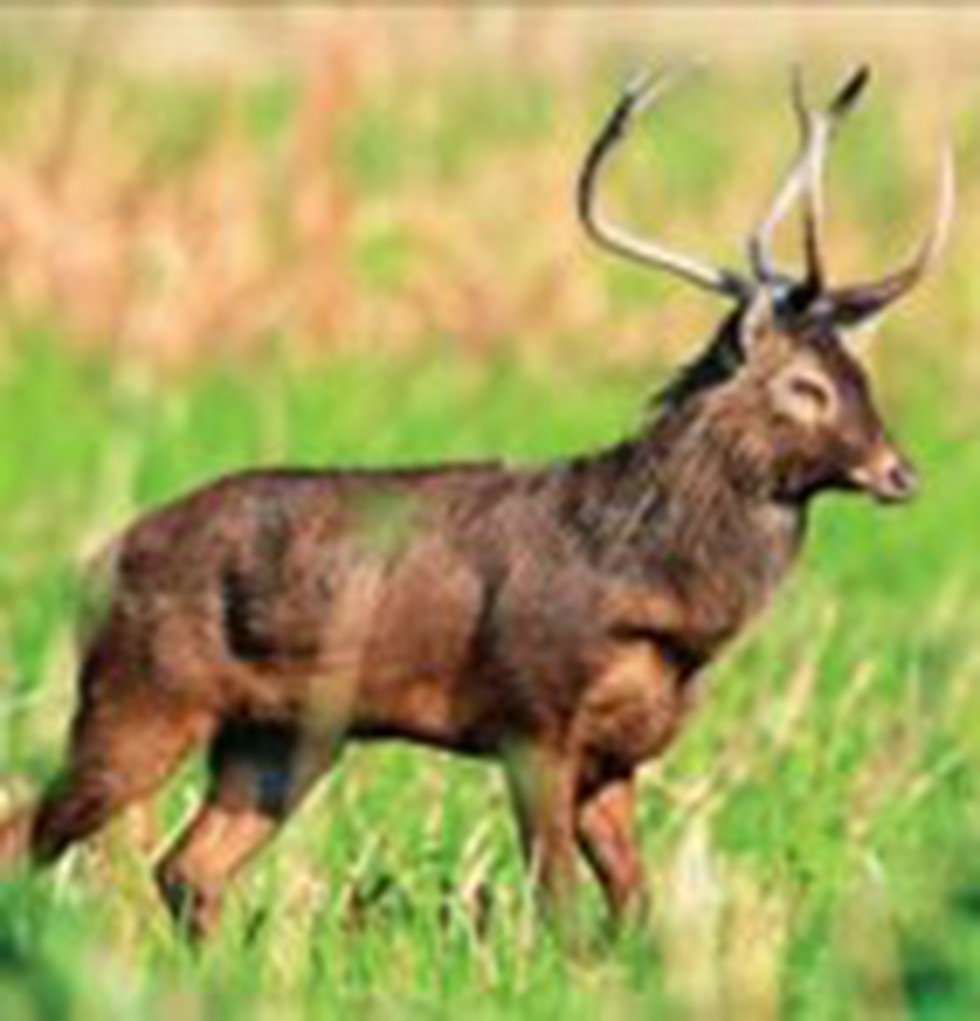
About Sangai:
Key facts about Loktak Lake
Comb jellies, also known as ctenophor...
The Union Ministry of Home Affairs ha...
It is up to the United States to deci...
Nearly four decades after NASA's Voya...
In a boost for wildlife enthusiasts a...
Recently, the Union government recons...
ISRO and NASA are planning to launch ...
Recently, the National Commission for...
Recently, the Defence Research and De...
Researchers from the Indian Institute...